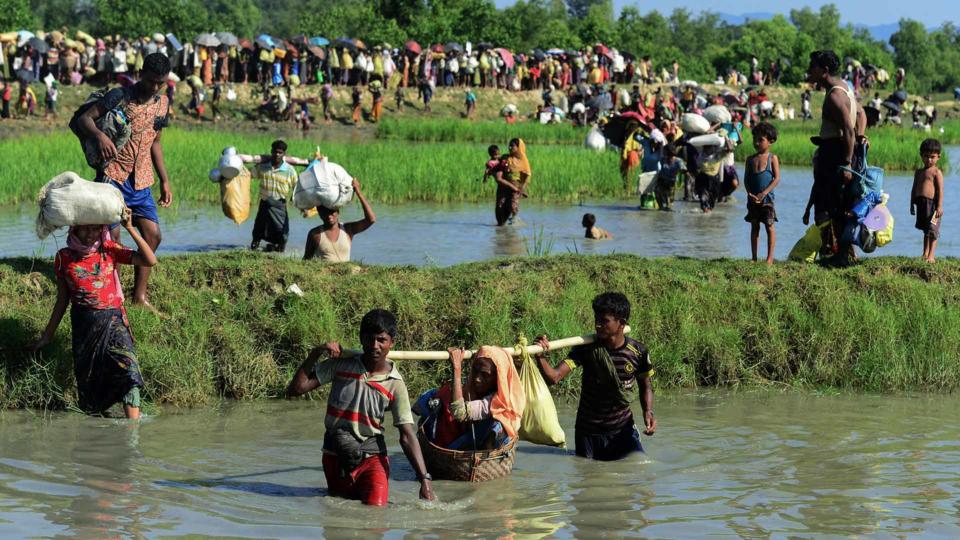In 2017, nearly 68.5 million people in the world were forced to leave their homes due to conflict or fear of persecution because of their race, religion, nationality, membership in a group, or political opinion. This marks the highest levels of displacement on record, according to the United Nations.
While much of the world knows about the plight of refugees — people who have been able to flee their home country for another — the largest number of forcibly displaced people are actually on the run in their own homelands, and are known as internally displaced peoples or IDPs.
Colombia had the largest number of IDPs in 2017 with 7.4 million internally displaced people, due to the long-lasting conflict between the Government and the Revolutionary Armed Forces of Colombia (FARC).
Many IDPs are also displaced due to climate change. Since 2008, an average of 24 million people have been displaced by catastrophic weather disasters each year, NPR found.
Asylum seekers are also part of the forcibly displaced population, but are put in a different category because they have requested sanctuary but their requests have not yet been processed, according to UNHCR definitions.
Refugees mainly resettled in developing countries
Despite the widespread coverage of migrants from the developing world traveling to developed nations, most refugees that are forced leave their country chose to settle in surrounding countries, instead the Western world.
UNHCR data shows that about 85 percent of the world’s refugees settled in developing regions, with the world’s least developed countries hosting about one-third of them.
Turkey is the largest refugee host country with most refugees coming from Syria which has faced a long lasting civil war since 2011.
The next largest recipient of refugees is Pakistan, followed by Uganda. Both nations host refugees from long-lasting conflicts in surrounding nations.
Refugees in the United States
Data from U.S. Refugee Processing Center shows that 524,757 refugees were admitted to the U.S. from 2010-2017.
The largest number, 94,153 came from Myanmar, making up about 20 percent of all refugees. More than 700,000 have fled Myanmar due to violence and unrest towards Rohingya Muslims. According to U.N. estimates, more than half the current Rohingya refugees are children.
More on the Rohingya children from CGTN’s Joshua Barlow:
U.S. states with the most refugees
The states that have taken in the most refugees are: Texas, California, New York, Michigan, and Florida. Together they have taken in more than one-third of all refugees in the United States, according to data from the Refugee Processing Center.
Texas alone hosted 52,921 refugees, or about 10 percent of the total refugee arrivals from 2010-2017.
 CGTN America
CGTN America


